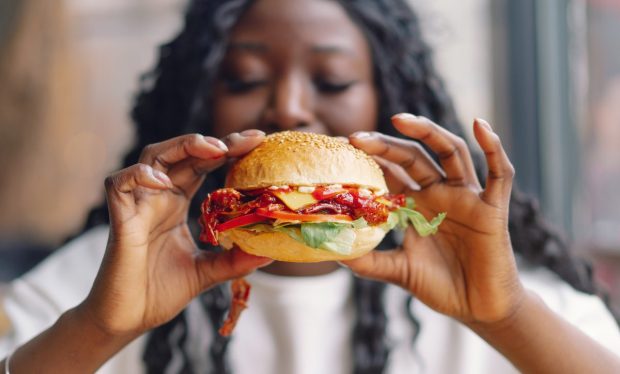Consumers Will Eat at QSRs as Long as They Are Employed, Says RBI CEO

As inflationary pressures persist, as long as employment remains high, QSRs are fine.
That’s according to Restaurant Brands International (RBI), parent company of Burger King, Tim Hortons, Popeyes and Firehouse Subs, which shared Tuesday (May 2) that it is not concerned about price increases affecting consumers’ quick-service restaurant (QSR) spending.
“In quick-service restaurants, we provide convenient and affordable food every day, and I think overall, from a big picture perspective, we’re in a good spot regardless of the macro environment that we’re in,” CEO Josh Kobza stated on a call with analysts discussing the company’s first-quarter 2023 earnings results.
Certainly, QSRs have an advantage over sit-in restaurants in this period. For one thing, more consumers have noticed price increases at the latter than the former, as a PYMNTS survey of 2,300 U.S. consumers who regularly purchase food from restaurants revealed. The November study found that 70% have been seeing inflation at full-service restaurants (FSRs) and only 62% at QSRs.
Plus, findings included in the report noted that many diners have been increasingly opting for lower-priced restaurants in this inflationary period. Twenty-two percent of those with an annual income of less than $50,000, 15% of those earning between $50,000 and $100,000, and 11% making more than $100,000 per year have made this shift.
Restaurant inflation has only grown relative to food at home since November, suggesting that those shares would be greater today.
Yet, Kobza said he is not concerned about restaurant price increases sending consumers running to cheaper grocery options, given the company’s brands’ existing perception of affordability. Instead, consumers will continue to spring for the convenience of a QSR meal as long as they are employed.
“In terms of what the key drivers are, … I think the biggest one really is employment,” Kobza said. “That’s really what drives our guests — having money in their pockets and being out and about. That is probably the highest correlation item that we see towards our sales and traffic. And the fortunate thing is that employment in the U.S. continues to be really good.”
Indeed, U.S. Bureau of Labor Statistics (BLS) data revealed that unemployment is at 3.5% (as of March), and that figure has held relatively constant over the course of this year.
Notably, however, consumers are singing a different tune. The same PYMNTS study found that about one in three consumers have been buying food from restaurants less often, and only a small fraction of diners (between 13% and 20% depending on income bracket) have not made any changes to their restaurant spending in response to rising prices.
Still, Kobza maintained that, if the company’s brands are delivering on quality, consumers will continue to come back so long as they have an income.
“Guests are willing to pay more when they get a great experience, and less so when it’s not,” he said. “And it just reinforces our focus in this environment in making sure that all of our restaurants are operating at a high level.”

